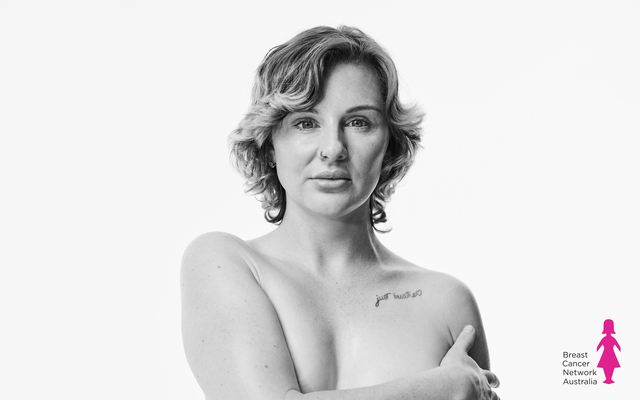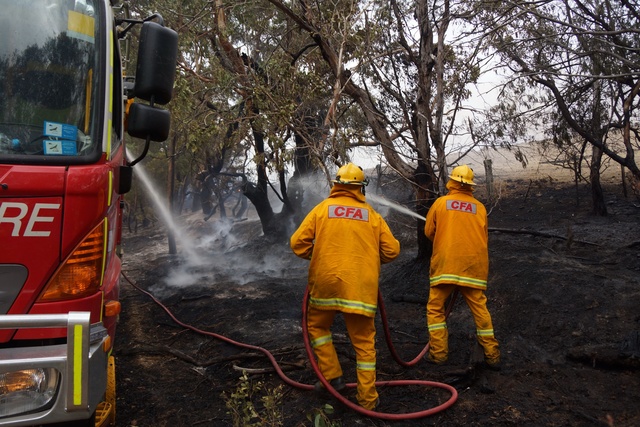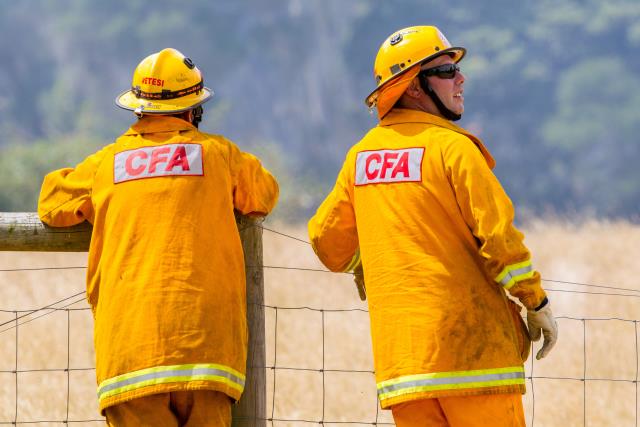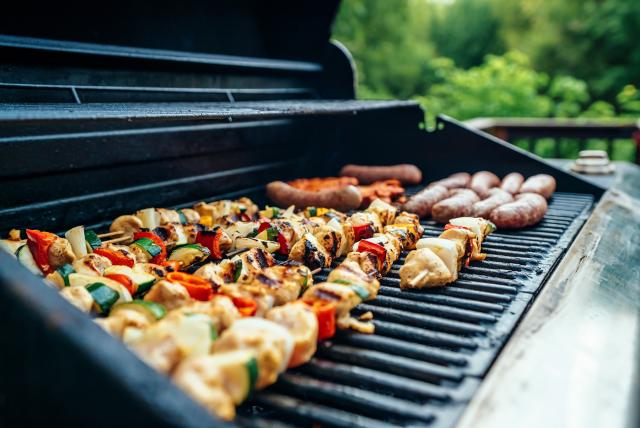When disaster strikes, the impact is keenly felt by all members of a community – including young people.
22-year-old Willow Swaneveld knows this first hand. Her experiences of the 2021 Dandenong Ranges storms left her without a home, and with a new burden to carry: trauma.
The storms of June 2021 were devastating to towns and communities throughout the Ranges. Homes were destroyed, roads were blocked, and households were left isolated and without power during the dark months of winter, all while grappling with the restrictions of Covid-19 lockdowns.
For Willow and her family, the second round of storms in October 2021 struck a harsher blow. A huge tree fell through the centre of her family home in Cockatoo on the morning of 29 October, rendering the property uninhabitable.
Together, the two storm events – the impacts of which were exacerbated by Covid-19 lockdowns – are known as compound natural hazards: disasters that happen at the same time or in quick succession.
“It was hard,” Willow says of the two storms. “Everyone’s still recovering from the first storm so having a second one, it feels like people can’t really find their footing, like they haven’t had a chance to breathe.”
Compounding factors can also be individual. Willow lost her father in a tragic accident in 2021, and she and her family were still grieving when their home was destroyed by the storms.
In the wake of her trauma, Willow turned to art and creativity. Approached by a friend from charity organisation The Windermere Foundation, she took part in an augmented reality art installation called Hard Place/Good Place. The exhibition was held at the Yarra Ranges Regional Museum in Lilydale in 2022 and gave an immersive representation of young people’s experiences of the storms.
While the experience of the exhibition was something of a whirlwind, Willow remembers how meaningful it was to be given the opportunity to tell her story. “It’s such a bizarre feeling when you go through such a trauma because you don’t expect people to listen,” she says. “All I knew was that someone reached out to me and said, we want to hear you – we want your voice to be heard.”
Willow has since spoken about her experiences to first responders and council members, work that saw her recognised as the 2023 Yarra Ranges Council Young Citizen of the Year.
Her story is a reminder that young people play an important role as communicators and community leaders before, during, and after a natural disaster.
“After the storms happened,” Willow says, “all of the information that I was receiving was from social media. And obviously young people have grown up a little bit more engaged and they know how to navigate that online world a lot better.”
She says she remembers seeing young people taking to social media in the wake of the storms to spread awareness and offer help. Children as young as 14 and 15 were sharing news and offering generators, food, hot showers, even blankets for pets.
It remains important for young people to be kept in the loop when disaster strikes.
To communicators trying to reach young people with information about disasters, Willow recommends using social media channels like Instagram and thinking carefully about the visual aspects of a message – bold fonts and bright colours can go a long way towards engaging a young audience, she says.
Communicators can learn a lot from young people too – and not just because of their social media savviness. While young people may lack background knowledge and expertise, they bring something else to the communication process: empathy. “I think young people definitely have a fresh perspective,” Willow says. “We have the opportunity to tell people how it is, because we don’t have the background knowledge of everything that goes along with it.”
And creativity remains an important way for young people to share their ideas and stories. As Willow puts it, “Having creative freedom for the story to kind of tell itself through whatever medium you’re using – I think that’s a beautiful thing.”







